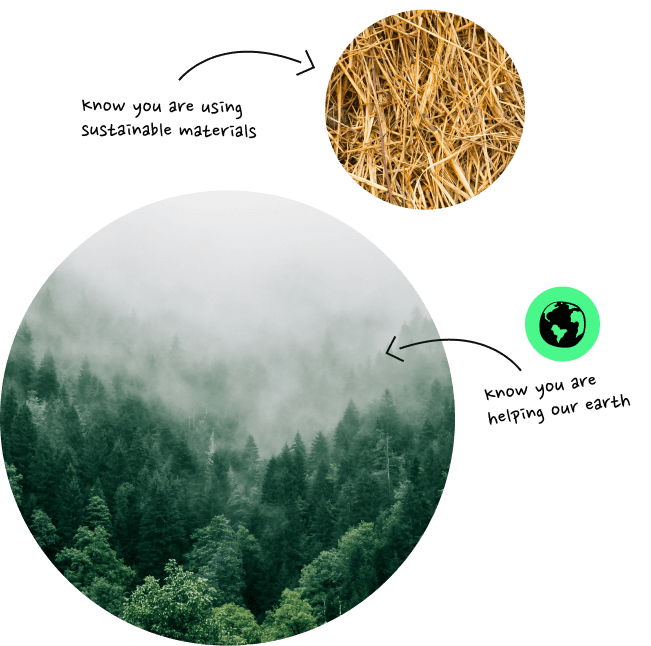In this very special series, we are sharing excerpts from Season 2 of the excellent Red to Green Podcast created by host and future food enthusiast Marina Schmidt. The show features in-depth conversations about the intersection of the food tech industry and sustainability. Season 2, titled ‘Plastic Alternatives’, is dedicated to the world of food packaging with a focus on exploring alternatives to fossil fuel plastic materials and solutions.
What is the difference between something degrading and being biodegradable?
The below conversation is an excerpt from Red To Green Season 2, Episode 2: Biodegradable, Compostable, or Recyclable? The Differences and Misconceptions. In this episode, Marina Schmidt, founder of Red to Green Solutions talks to sustainable living expert Julia Goldstein, author of Material Value, which was a finalist in the 2019 San Francisco writers contest.
Audio transcript by Descript, with edits by Anya Roschke.
Marina: Yeah. There are so many ways of putting things, concepts in a way that sounds good in that field, but actually, if you look deeper into it, it turns out that it’s far from a good solution. Let’s start going through all of these confusing words and definitions used within that context. So, does plastic actually biodegrade? Because there’s the difference between something just degrading and biodegrading. What is that kind of difference?
Julia: It depends on the type of plastic, but most of the conventional plastics that everybody is familiar with do not biodegrade. For something to be biodegradable, it needs to degrade into simple compounds and elements, for example, water and carbon dioxide. If it breaks down to that level, then it’s biodegradable.
But if it just breaks into tiny pieces, which is what happens. When you have plastic bags and just set them out into the sun, they’re going to start breaking into little pieces.
“Most of the conventional plastics that everybody is familiar with do not biodegrade.”
Julia Goldstein
And what does oxo degradable mean?
Marina: Yeah. And interestingly there are these Oxo degradable plastics, or sometimes they’re also called Oxo-biodegradable, which actually degrade by being exposed to air. Right?
Julia: Yeah. And there was a while back a movement toward creating plastics that would do that more rapidly with the idea that, okay, that was going to be helpful because they could break down more quickly.
But the problem there was if you mixed those with other types of plastics, then you’ve got a mess for the recycling situation where you’re contaminating a batch with a different type of plastic, and you’re really causing more problems than you’re solving. So I know Europe a number of years back, not that long ago said, okay, we really don’t want these Oxo degradable plastics. This is not the right way to go.
Marina: Yeah, it’s just speeding up the process in which it degrades. And with Oxo degradable plastics, you would still have the issue with the Marine and environment, with birds, and so on consuming the plastics.
Julia: Absolutely. At some point, I talked about an ideal plastic that would be not only recyclable but would also degrade and would be Marine safe, right? It would be Marine degradable. It would degrade in a Marine environment down to safe, simple compounds, not tiny bits of plastic that all the Marine animals are going to ingest.
For example, plastics are made from shrimp or lobster shells, and there’s a protein, the chitin protein that can be made into plastics. It’s not really quite done on a large scale, industrial level right now, but those, if they got into the ocean, could biodegrade safely.
Marina: Oh fascinating.
The Red to Green Podcast is available on iTunes, Spotify, and all popular podcast apps by typing in “Red to Green” in the search bar. Listen to this episode of Red to Green here.
Want more? Check out the whole Red To Green Talks series here.
Lead image courtesy of Jasmin Sessler (Unsplash).






